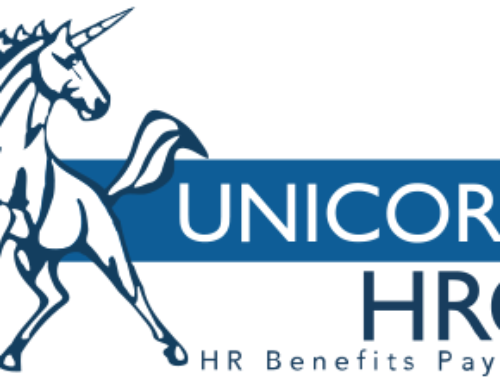In today’s workforce, many people, despite having jobs, face debt on a daily basis. An employer might find that his employees have credit card debt, and many younger workers almost always have student loans that they need to pay. Other potential debts, such as health care costs or automobile maintenance and repairs, are a constant worry for many employees. Some might even take a second job to find extra money to pay these bills, and others might even go so far as to take a payday loan to pay their debt.
These options aren’t optimum for employers or employees. Employers might find that since their staff members might be working two jobs, that these workers might not be giving their full attention to their main job. Payday loans, while giving a quick infusion of cash to pay off debt, can carry with them extremely high interest rates that only create new debt and more problems. As an alternative to this, many employers have been offering low cost loans for employees as a way of getting them out of debt more quickly so that they can focus on their company’s goals.
Employers and Affordable Loaning
Employers must understand that when their workers are taking out pay day loans (which can have interest rates of up to nearly 400%) or are possibly borrowing against their retirement plans to pay off their debts, that not only can this affect employee morale, it can also reflect badly on the company. In response, some employers are offering to refinance a lot of this debt by offering low interest loans to their cash strapped employees. Employers are able to do this by working with companies specializing in this field such as Kashable LLC or Zebit, Inc., which come up with ways of funding such loans as well as dealing with the process of refinancing. The loan periods are usually 3 to 6 months, and loan payments are deducted from the employee’s paycheck. While some employers might not want to get into the business of directly offering loans to their employees, they might be encouraged to work with companies such as Kashable, as employers are not held liable if their employees default on paying these loans. Even if the employee leaves the job, the employee is still fully responsible for paying the loan.
Some have criticized this idea, saying that for employers to offer loans to their employees is akin to “indentured servitude.” This, however, is not correct and oversimplifies the problem. Compared with payday loan services, which have interest rates in the triple digits, companies like Kashable offer interest rates anywhere from 6% to the high teens, which makes paying off the loan in question much more manageable for the employee. Moreover, companies such as this understand that, in order to pay off debt, employees need to change their spending behavior. Along with offering these affordable loans, employers work with these companies to offer seminars which focus on the need of their employees to manage personal finances, how to properly budgetand the best ways to save.
While the majority of employers in today’s workforce have not taken advantages of services like Kashable, those who did have found their employees have managed to alleviate many of their debt problems. Some employees, when using these services, find that they are not borrowing against their 401ks. Employees with student debt have found that these companies are willing to work with them to come up with an affordable payment plan, as their debt reflects education learned in order to help them in their careers, rather than general spending behavior.
Debt is a major concern of many in today’s workforce, but more options are emerging to help pay off debt in a smarter, more effective way. Employers should take advantage of the new services out there which can help with their employees’ debt. Not only will this keep their workers focused on company goals, but it might also increase employee loyalty to the company, as employers can show that they care about employees and their problems outside of the office.

